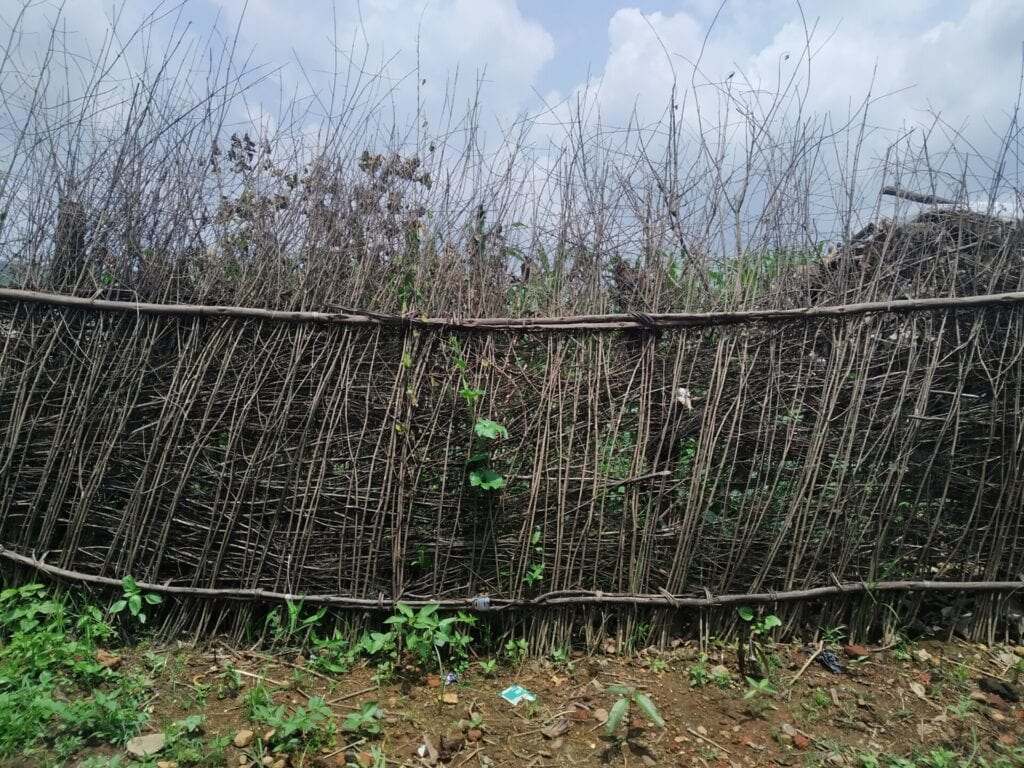Designing regenerative cropping patterns to improve soil health

Blog article by Marina Vara Gutiérrez, Regenerative Agriculture Expert, AidEnvironment
The Indian government’s agricultural policies are primarily focused on the promotion of conventional agriculture, on monocropping production schemes paired with chemical agricultural inputs into the food production system. These practices have led to an increasing soil health and fertility problem in India over the last few decades. In light of this, there has been a rapid increase in the number of Indian farmers and state governments adopting and promoting regenerative agricultural practices. Such efforts have increased awareness about sustainable agriculture among farmers who live in rural areas where access to information about regenerative agricultural practices is limited or nonexistent.
The design of multiple and context-specific cropping patterns, as a regenerative agriculture practice, helps restore soil health and fertility by rotating and associating crops with different nutrient needs. This practice also provides a variety of ground cover which increases organic matter in the soil, thereby promoting biodiversity. The strategic combination of crop rotations, crop associations, and cover crops are key principles in composing a regenerative cropping pattern. A crop rotation is an agricultural technique that manages crops so that different types of plants are grown each year on a given piece of land which reduces the depletion of nutrients in the soil and fights crop pest infestations. A crop association is an agricultural technique that manages crops so that different plants are grown close together. Each crop from the group has different root systems, varied nutrient requirements, and access to a different niche. Thus, productivity increases without depleting the nutrient content of the soil. Cover crops are usually used alongside crop rotations and associations to increase soil fertility by adding nutrients and improving the structure and moisture retention capacity of the soil. Moreover, different indigenous multipurpose shrubs and trees can be introduced in the farm plot design (as alley cropping or as live fencing) to increase the effectiveness of the cropping pattern in improving soil health.
Taking this into account, the Green Transformation Pathways (GTP) project, in close discussion with farmers, will co-design context and year-specific regenerative cropping patterns. Farmers in project areas have reported that increasing and maintaining organic matter and soil fertility is one the main constraints for food production. Thus, the collaborative design of regenerative cropping patterns will contribute to food production sustainability and improve soil health and fertility in these project areas.
The design of regenerative cropping patterns can be a great tool to foster the use of regenerative farming practices with the larger objective of improving soil health and fertility. Moreover, this also contributes to increasing biodiversity and improving the water retention capacity of the soil.
In designing regenerative cropping patterns, it is important to make the following considerations:
- understanding the landscape and soil characteristics of the main agroecosystems (lowlands, homesteads, midlands and uplands) in the project areas,
- researching crop rotations and crop associations suitable per agroecosystem and developing an inventory of indigenous shrubs, trees, and grasses that can be incorporated in the designs.
AidEnvironment is looking forward to contributing to the design of regenerative cropping patterns for better soil health in the states of Madhya Pradesh and Jharkhand, India, together with our GTP partners, PRADAN, FES and MetaMeta.






